Cooking for romance is no laughing matter. The stakes are high. Get it right and woo the love of your life — lifelong happiness, marriage, kids. Get it wrong, and who knows what will happen? At best, you’re serving up a disaster sometime around midnight. You’re not getting lucky. You may be poisoning your intended.
Romantic meals should be for all year round, not just for Valentine’s Day — but there are a few rules that it’s wise to follow. Date night is not the time to try shucking oysters for the first time (unless you’re willing to risk a trip to A&E). Chocolate fondants, as dozens of disappointed MasterChef contestants will attest, are hard to pull off in a panic. What you need is something fun, something fast, something flashy. You want to wow them — but also spend less time cooking and more time wooing. I believe there is no better choice than steak Diane.
Sauce à la Diane became popular in the 19th century and was named after the Roman goddess of the hunt, Diana. It appears in Escoffier’s 1907 cookbook Le Guide Culinaire; it was made of cream, truffles and black pepper, and tended to be served with venison. The origin of its modern counterpart — creamy but truffle-less, served almost exclusively with beef steak — is less clear. As is the way with these things, various chefs from New York and London’s storied hotels and restaurants of the 1930s and 1940s have made a claim. Fair enough — who wouldn’t want to be famous for steak Diane?
Even the ‘modern’ dish is now firmly retro, thanks to changing fashions and restaurant economics. If you ordered it in the 1940s, it would have been prepared and flambéed tableside for you; today, there is no room, and the cut (fillet) is too expensive for most restaurants to make a decent margin. Even as early as 1981, the New York Times food critic Florence Fabricant was calling the dish ‘dated’.
I don’t care. At home, this is the perfect date-night dish. You can get the fiddly stuff — slicing the shallot and mushrooms — done in advance. (There’s nothing less romantic than disappearing off to the kitchen for 45 minutes to leave your beloved with only the company of a glass of wine and the soundtrack of your cursing.) The steak itself only needs ten minutes to cook, and you can prepare the sauce in the five or so minutes the meat should rest for. The skills needed are limited: a bit of slicing and dicing, and that’s about it. Most importantly, the flambéeing affords you an opportunity for a bit of flare. Like the bit in Come Dine with Me when they start juggling or bring out a close-hand magician, but much better.
Traditionally, steak Diane is made with fillet steak — a premium, boneless cut taken from the tenderloin of the cow, which is tender however you cook it. I’ll level with you: fillet is seldom my cut of choice. Steaks should have texture, and ideally come on the bone, with a healthy ripple of fat through them. But I make an exception for steak Diane. Of course, you can make it with whichever cut you like — but it doesn’t really seem in the spirit of the dish. That spirit is one of luxury, of no expense spared, and of what was considered glamorous in the mid-century. For that, you need fillet steak.
People will tell you not to touch the steak while it’s cooking. Ignore them. Turning the steak every 30 seconds ensures far more even cooking, and the crust builds more evenly too. You are far more likely to risk an overcooked steak or an insipid exterior by leaving it untouched.
Of course, it’s the sauce that is the star of the show here. It starts where the steak ends — with those gorgeous dark bits that stick to the bottom of the pan as you caramelise the meat. Some judicious scraping, a little brandy, and you’re away. Diane sauce also calls for cream, and Dijon mustard, and mushrooms, and shallots, and Worcestershire sauce. The result isn’t subtle: this is a swaggering, boozy, rich sauce, begging to have a chip swiped through it, and ready to sweep you (and your date) off your feet.
Serves 2 Takes 20 minutes
For the steak
2 x 200g fillet steaks
25g butter
Salt
For the sauce
25g butter
50ml brandy
1 tsp Dijon mustard
60g button mushrooms, finely sliced
1 small banana shallot, peeled and finely sliced
100ml beef stock
50ml double cream
1 tsp Worcestershire sauce
- First, cook the steaks. Heat a heavy-based frying pan over a medium-high heat. Generously season both sides of each steak with salt. When the pan is hot, add 25g of butter. When the butter begins foaming, add both steaks. Turn each steak every 30 seconds; for rare steaks, cook for each steak for a total of 8 minutes, and for medium steaks, a total of 10 minutes. Set aside to rest while you make the sauce.
- Lower the heat. Add the other 25g of butter, the shallots and the mushrooms, and cook until golden and soft — this should only take a couple of minutes.
- Raise the heat under the pan, add the brandy and carefully set it alight, and wait until the flames die down. If you don’t have a gas hob, or simply don’t want to play with fire, just let the brandy cook for a couple of minutes.
- Add the Dijon mustard, Worcestershire sauce, beef stock and double cream. Bubble away for 4 minutes until the sauce is glossy and reduced. Plate the steak and pour the sauce generously over the steak. Serve with good chips, a sharply dressed green salad, and a really great bottle of red.
Got something to add? Join the discussion and comment below.
Get 10 issues for just $10
Subscribe to The Spectator Australia today for the next 10 magazine issues, plus full online access, for just $10.
To sign up for Olivia Potts’s monthly newsletter, which brings together the best of The Spectator’s food and drink writing, go to spectator.co.uk/oliviapotts
You might disagree with half of it, but you’ll enjoy reading all of it. Try your first month for free, then just $2 a week for the remainder of your first year.


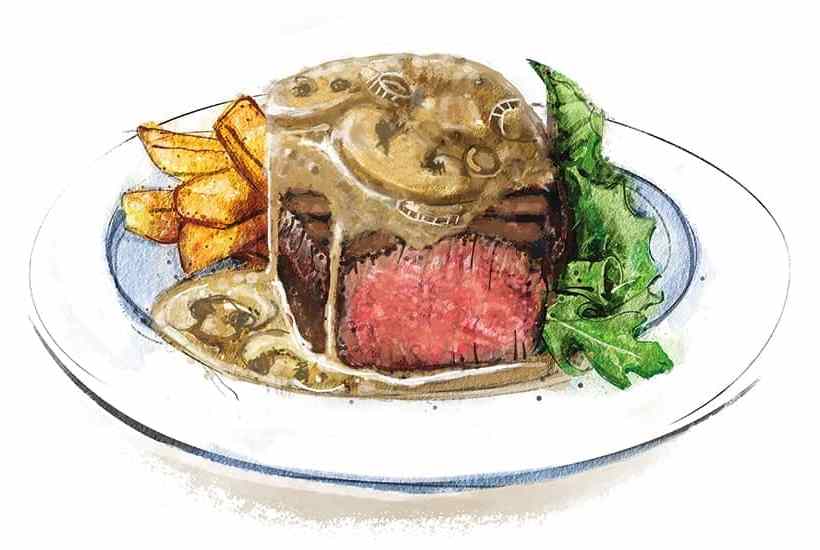
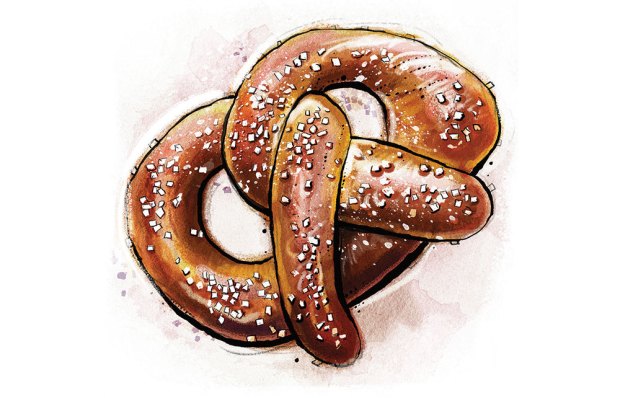
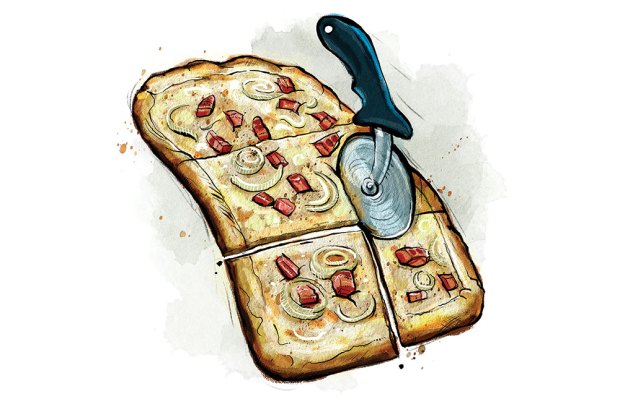

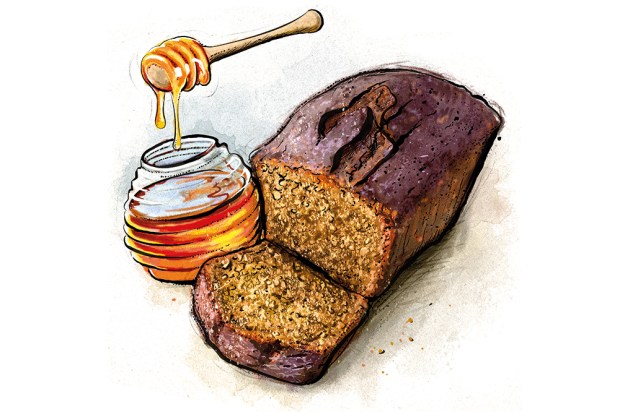
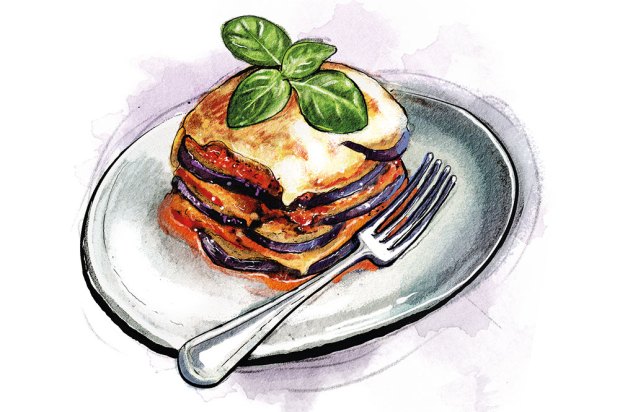
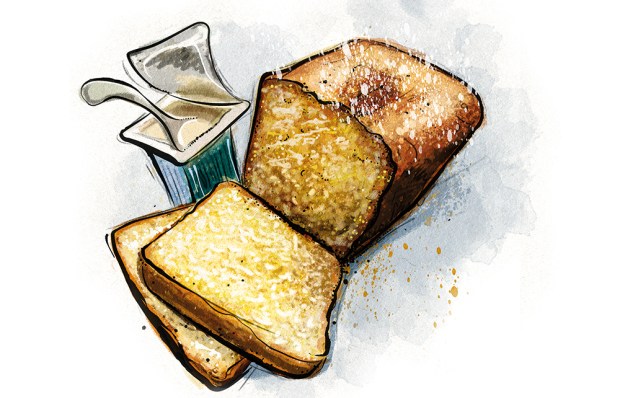






Comments
Don't miss out
Join the conversation with other Spectator Australia readers. Subscribe to leave a comment.
SUBSCRIBEAlready a subscriber? Log in